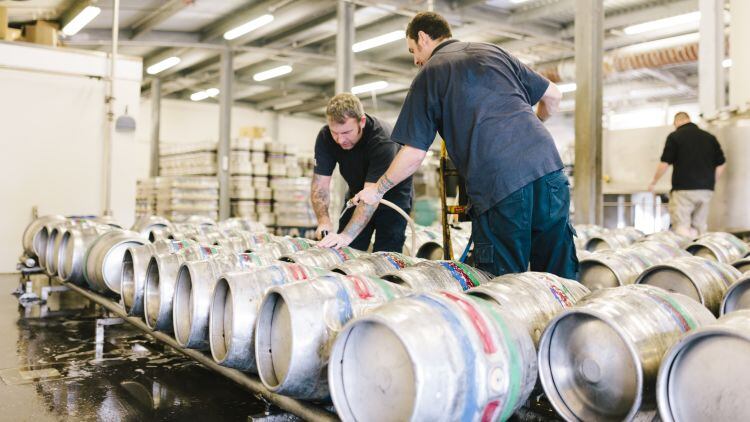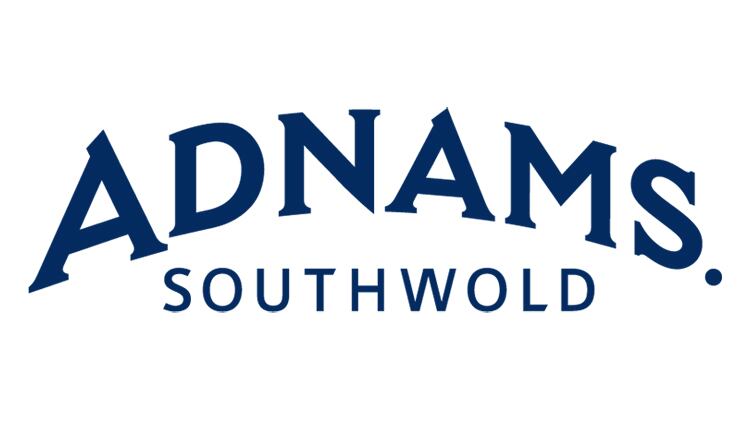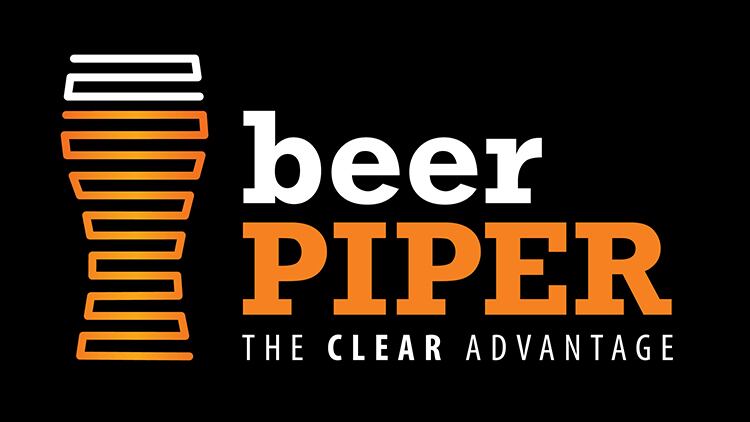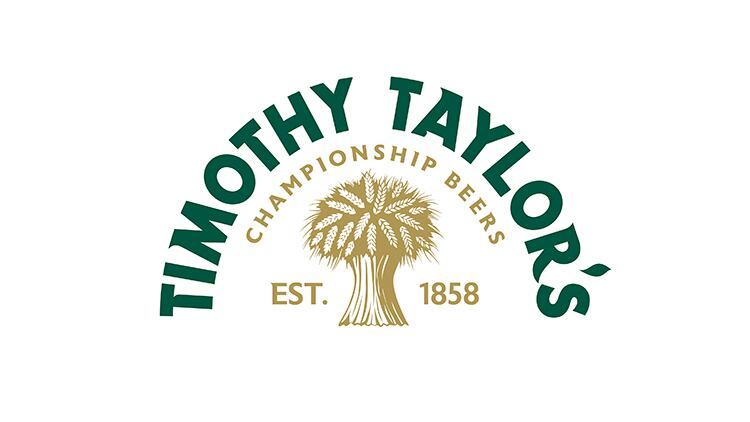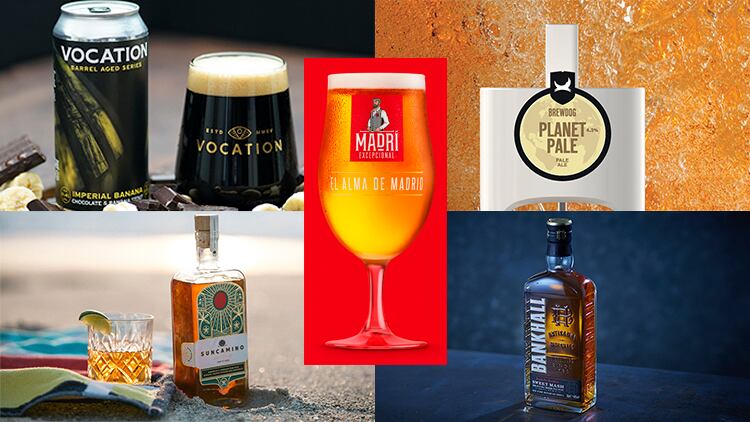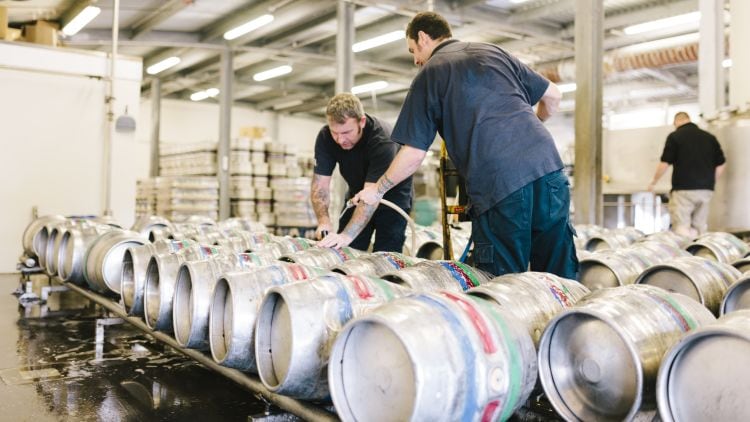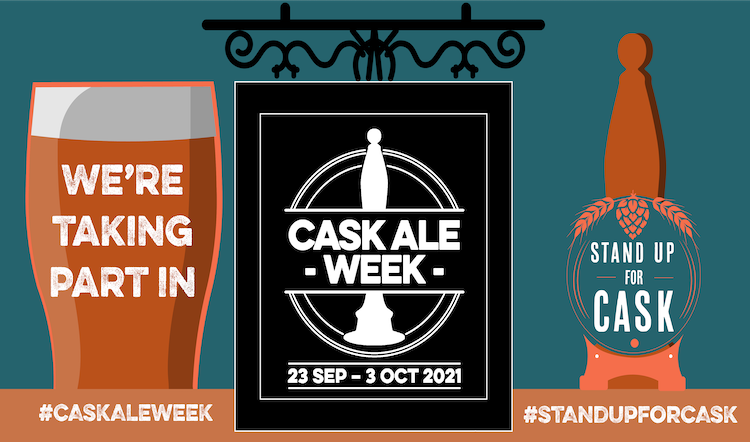Feature kindly sponsored by
When expertly produced by breweries and then kept in prime condition by licensees, cask ale is one of the freshest products available to pub customers – and that’s exclusive – you can’t recreate the cask experience at home.
Stocking cask beer can give you the edge over rivals not to mention the kudos scored when fans hear about it – and that your pub is likely to be one worth making a special visit to from near and far.
It’s a great product but sales are down versus pre-pandemic levels, according to both the British Beer & Pub Association (BBPA) and CGA Research.
The BBPA said cask beer sales have dropped by as much as 40% since the pubs reopened in April, which represents total of 76m pints.
Meanwhile, CGA client director Mark Jackson explains there are three challenges cask ale must overcome to see a reversal in its decline.
Jackson says: “Few drinks categories embody the uniqueness of British pubs and bars like cask ale, but CGA’s On Premise Measurement Service shows that it has lost share of beer and cider sales from pre-pandemic levels.
“This is despite the fact the local and British aspects of drinks – two factors that fit cask ale better than virtually any other categories – have increased in importance for consumers during the pandemic.”
He ponders why cask hasn’t enjoyed the bounce back seen by other categories such as premium and world lagers.
“Pricing has been a long-term challenge in the cask ale category. There is a perception that it should be lower on the pricing ladder than other categories.”
Firstly, much like Omar’s classic song, age is a factor. CGA’s BrandTrack survey shows almost two thirds (63%) of cask ale drinkers are aged 55 or over – a figure that has risen by four percentage points in just two years, and that compares to only 37% of all drink consumers. Older people have been much slower to return to pubs and bars than younger adults, particularly in the early stages of reopening, and two in five (41%) of those yet to return are in the 55-plus age bracket. While some younger consumers embrace cask, they are much more likely to engage with categories like world lager, spirits and cocktails, all of which have grown market share in 2021.
Secondly, EPoS data by CGA shows more than half of managed outlets have cut back on their draught beer and cider range since reopening. Jackson says: “Cask ale has been hard hit by this, with the average number of cask brands on the bar halving during the first phase of outdoor-only trading in the spring.
“The short shelf life of cask, coupled with uncertainty around footfall, led operators to seek to minimise wastage and favour keg over cask.”
To licensees’ credit, their cask ale range increased as the weeks went on, but CGA says it remains 30% below the levels of 2019. Jackson adds: “Reduced ranges tend to favour large national brands at the expense of smaller, newer or more innovative ones. While tried-and-trusted cask brands satisfy some core consumers, cuts in range can diminish the category’s appeal to new or experimental drinkers who want to try new things and explore the nuances of cask.”
While the third obstacle in the way of increasing cask sales is the price and the subsequent questioning of its quality.
“Pricing has been a long-term challenge in the cask ale category,” Jackson explains. “There is a perception that it should be lower on the pricing ladder than other categories, and the average price of a pint of cask is now £3.62 – 20p less than the draught beer average.
“But lower price points can damage customers’ perceptions of quality, which is dangerous at a time when quality is growing in importance as a choice factor.” CGA data shows almost two thirds (62%) of cask drinkers associate good value with quality, while just 3% connect it to cheap, and more than half (55%) are willing to pay more for a better-quality drink, which is ahead of the all-consumer average of 48%.
“Raising price points can drive up perceptions of quality, and they are justified by the level of care and attention that goes into brewing, conditioning and serving,” says Jackson, adding managed outlets listing cask at higher price points generate a rate of sale that is up to 33% higher than the average venue.
Five tips on retaining cask beer quality
By Jeff Singer of Beer Piper

1. Serve local
Hospitality venues can tap into the interest of drinkers by stocking beers from local cask ale breweries.
Ales from independent breweries often use locally sourced ingredients, draw flavour inspiration from the local terroir and create interest with their stories and history.
Stocking local beers will help to support the economy of the town or region, champion small businesses and create a feeling of social inclusivity and community with both local businesses and punters.
2. Ensure your cellar is up to scratch
Unlike keg beers or lagers, cask ales need to undergo conditioning in the cellar – meaning they need to be stored and settled correctly before serving to ensure they hit pint perfection.
With this in mind, ensuring that your cellar is spotlessly clean is critical. It may seem like something that doesn’t matter so much when it’s not visible to punters, but boasting hygienically clean equipment “back stage” will prevent the build-up of bacteria, mould, dust and grease, which can contaminate casks and affect quality.
Ensuring the cellar is the right temperature (11-13°C) is paramount and maintaining all equipment well is crucial.
3. Make sure your beer lines sparkle
Unclean beer lines will absolutely kill cask beers, ruining the taste and contaminating them with build-ups of yeast, bacteria, limescale or mould.
It’s crucial to maintain the taste of cask ales and beers as drinkers become more and more savvy. In our experience, they are very switched on to quality and becoming more and more adventurous with their venue choices and beer choices.
If they are served a fobbed beer or a contaminated ale, they will simply not return to your establishment.
Beer Piper’s BP4 beer line cleaning system ensures lines are cleaned to extremely high standards at regular intervals with environmentally friendly chemicals without the need for laborious, time-consuming manual cleans and freeing up staff to get on with serving customers.
On top of this, the system allows bar managers and landlords to save waste because they can serve the beer in the lines that is normally thrown away as part of a manual clean. This can lead to huge savings behind the bar over time.
4 Knowledge is power
Cask ales often have interesting back stories, which capture the imagination of drinkers and take punters on a journey, allowing them to invest in the brand and feel part of something bigger. These stories often have local links, too, which further instils a sense of community or place.
Consider a chalkboard-style beer menu where you go into more detail about the cask ales that you are pulling that week. Include tasting notes, a bit of background on the brewery and any information on provenance. You could also feature a few food matches with key menu items to encourage further sales and create conversation.
Ensuring staff members are clued up about the beers is also important.
5 Tasting for the win
Offering beer lovers the chance to try a cask ale before they purchase a pint is a great way of enticing drinkers to try new ales or give guest beers a chance.
Consider putting on tasting evenings or events too. You could even team up with other local pubs, bars and hotels to run a local “ale trail”, where punters can try regional beers from a few different venues.
Difficult period
Paul Nunny, director at beer quality assessor Cask Marque, says it has been a difficult period for cask. Different inside and outside reopening dates did not help as gardens opened first but no customers could see which ales were on sale without being in front of the pump clips – standing at the bar is a big draw for many cask fans – so pubs reduced their range due to fewer sales and they didn’t know what their throughput would be.
He adds cask ale only has a three-day life before quality falls from when it is first put on sale, so it is vital customers known what their options in choice of serve are. “In July, we went fully live but that’s never the most popular season because it’s the summer,” Nunny says. “Pubs have reduced their range and are going carefully because they had to destroy a lot of beer in the lockdowns, and a reduced range reduces the appeal.”

Asahi UK marketing director Sam Rhodes says the category has faced issues in the recent past but they are not during from the pandemic. He says: “The cask category has obviously endured a tough time during the pandemic. However, the challenges the category face are not all Covid-related and it’s crucial these are tackled to ensure that cask ale not only recovers from the pandemic but puts itself in a strong position for future, long-term growth.
“Cask is a unique product that requires great care and skill – not only to produce but also serve. A constant pitfall for the category is that too often a pint of cask is of a poor standard or quality, the Cask Report in 2019 highlighted that 70% of drinkers had been served stale or off pint of cask ale. For cask to recover from the pandemic, it can’t be hamstrung by issues of quality.”
On the drop of sales of cask ales, Vocation Brewery sales director John Hadingham says the issue could be down to operators not making sure enough beers are available to customers. He adds that with so many taps unused, it is not really a compelling offer for consumers
“I can understand why some operators may be a bit hesitant with cask, with trading patterns have changed; they may be busier on Tuesday and Wednesday nights at the moment rather than Friday because people may want to go out at different times – perhaps older consumers, who are traditionally more likely to purchase cask, are trying to avoid going to the pub when it could be busier,” he says.

He adds that although cask has to be handled carefully and an operator cannot keep it “hanging around too long”, it is a “truly unique on-trade product” and a “reason to visit hospitality”.
Fergus Fitzgerald, production director at Suffolk pub operator and brewer Adnams says: “Cask suffered more than most other formats when pubs shut and, since reopening, some of the things we love about cask beer – like the need to serve it fresh – means it continues to lag behind 2019. We are, however, seeing sales grow back slowly as people get more confidence in getting back to the pub.”
His colleague, Maxwell Bond, sales director at Adnams adds: “We have definitely seen the struggle with cask throughout the pandemic. Despite this, our best-selling beer Ghost Ship, which is sold predominantly in cask, has continued to thrive. Sales of it this September were up 10% on last year and look to be growing still into October for a strong Halloween.”
Nunny at Cask Marque is keen to point out a number of pubs have delisted cask and “were probably only doing it because they felt they ought to”. He adds: “This will separate the men from the boys and those who are serious will get stronger because it is the cask ale drinkers who often decide which pub to go to.”
One cask ale classic has been bucking the trends of lost sales and that is Timothy Taylor’s Landlord. The company’s head of marketing Jane Jenkins says: “The iconic Landlord pale ale from Timothy Taylor’s has built on the impressive growth rates it was demonstrating before the pandemic and is the only cask ale brand outperforming the market according to CGA data (52w/e 14/8/21) versus two years ago.
“Growth is being driven by the fact that consumers are premiumising and seeking out a brand they can trust, coupled with the trade wanting to stock well known, quality brands. Timothy Taylor’s has also delivered exceptional customer service to the trade throughout the pandemic and it is heartening when efforts are rewarded with loyalty from trade customers and publicans. After such a tough 18 months the trade needs to pull together to deliver first-class cask quality on the bar and encourage drinkers to include it as part of their repertoire again.”
“If you talk to any American brewer, they think it’s the ultimate in brewing skills to produce great cask ale. It is revered across the water.”
Appeal to younger people
On the lower price point problem, Hadingham says most cask options in pubs are often exactly what you would expect and they tend to be a “safe bet”. He adds: “The usual cask products that are widely available carry a lower price point. Research shows having a premium offer appeals to younger people and drives the rate of sale up. Consumers, now more than ever, are willing to try new flavours and new tastes and a premium cask option could be exactly what they’re looking for.”
Cask Marque’s Nunny agrees with CGA’s Jackson that there are three issues cask ale must overcome and says quality, margins and customer perception are key. “You’ve got to give customers a great product, especially as they are paying significantly more than at supermarket. Quality is key and that’s where Cask Marque has a really important role to play. We’ve got over 70% renewal rate on Cask Marque accreditation on 10,000 pubs, which is fantastic and shows the importance pubs attach to it.
“The second thing is margin. On cask, this is not as good on other products and that needs to be corrected. A lot of effort goes into it and we are not being rewarded for it. Thirdly, is consumer perception – it’s fresh, local, got only four ingredients and hand crafted, it ticks boxes and we can build on that. Freshness is very key going forward.
“It’s another British invention and if you talk to any American brewer, they think it’s the ultimate in brewing skills to produce great cask ale. It is revered across the water.”
Asahi’s Rhodes also says cask must recruit younger drinkers, saying: “There is also a perception issue that the category has to combat. Alarmingly, younger demographics are simply not drinking cask beer and, sadly, it’s too often seen as a drink for the older generations.
“This is a huge issue, and if ignored it will create immovable barrier to growth. It is not necessarily that these consumers aren’t discerning, and when we compare to craft, which is in significant growth and extremely popular among younger demographic, we can see that they are open to a high-quality and flavourful product.
For cask, it’s crucial its ales are presented in a way that is relevant to younger consumers, but also in a way that respects the traditions of the category and existing drinkers. We’ve introduced two new visual brand identities for both Fuller’s London Pride and Dark Star, which showcases their quality and heritage in a modern and exciting way – and in a way that hopefully encourages more people to explore cask.
“The category, also needs to strongly consider how it is priced and look at possible increases to help reflect its premium and artisanal credentials. This is where cask ale can once again learn from the success of craft. Having the courage to increase price points, without the fear of alienating existing customers, as in the long term it will make cask a more appealing product to landlords and the general consumer.”
Advice on sales
Hadingham of Hebden Bridge, West Yorkshire-based Vocation, also offers his advice on how operators can sell cask ale.
“Look at the range available to you and look away from what’s happening in cask towards craft keg alongside what local breweries are offering – particularly when so many consumers have been buying online throughout lockdown. Take a look at what craft offer is performing well and which craft brands appeal to a younger audience,” he says.
He advises tasting notes must be provided when putting different beers on, especially those that are perhaps not so well-known or brands like Vocation that are constantly innovating and producing specials. He says: “If someone is stood at the bar and doesn’t know what they want, the server must be well informed about the beer and be able to talk about its flavour, taste and ingredients, such as the hops used.
“The worst thing that can happen is the server says ‘I don’t know’ and that means the customer will default to the standard option. It’s such an easy thing to overcome.
“The big thing is to push cask and not to be scared of charging higher prices. Maybe move away from the more traditional options and take a chance on something that offers really good quality and a new experience – the higher prices can also help highlight the quality of these beers. It’s been done in craft very successfully and I can’t see any reason why it can’t be done in cask.”
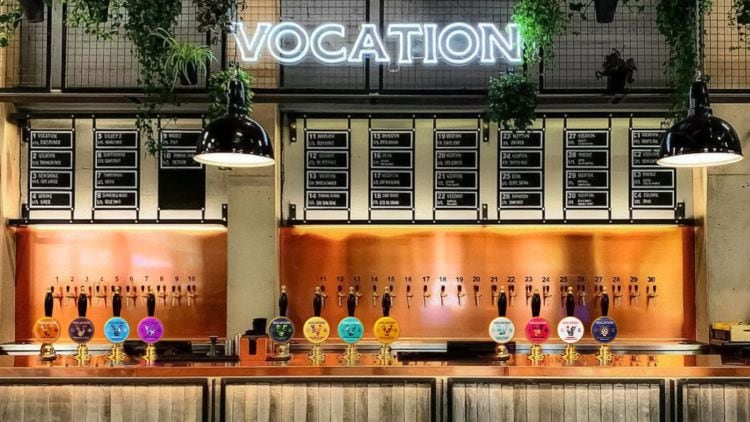
The fight is on but there’s plenty of reasons to be cheerful about the future for cask ale. Not least is a campaign with the aim of getting real ale recognised by Unesco as an example of “intangible cultural heritage”.
Asahi, the owner of Fuller’s Griffin Brewery and Dark Star, has teamed up with YouTube vlogger The Craft Beer Channel to produce a documentary series about Britain’s cask ale culture.
Across five episodes, which began on 29 September and is set to broadcast its final show on Wednesday (27 October), The Craft Beer Channel investigates the challenges cask beer faces in the modern world, while focusing on the beers, people and breweries that make it great.
Asahi says: “With Britain’s traditional serving format still in severe decline and heavily affected by the Covid-related lockdowns, there’s never been a more important time to support real ale and tell its stories in a way that appeals to modern drinkers. The series forms the main part of a new campaign, Keep Cask Alive, instigated by Asahi UK and taken on by The Craft Beer Channel.
Aside from exploring the history of Fuller’s Griffin brewery in Chiswick, west London, interviews and tours around Hook Norton, Abbeydale, Dark Star and Gadds are featured on the video channel.
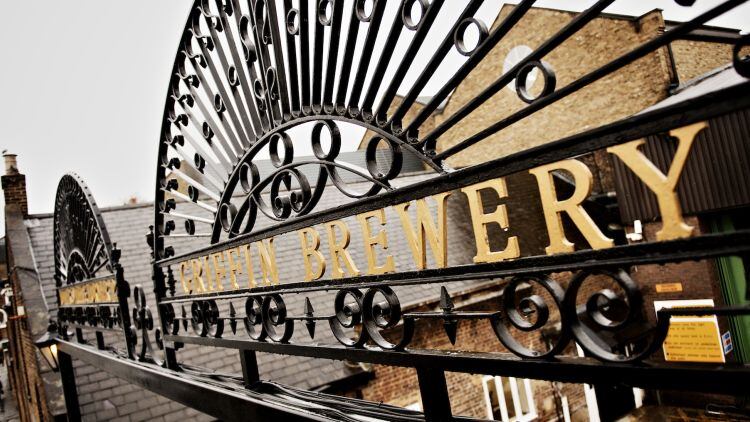
Jonny Garrett, co-founder of the Craft Beer Channel says: “Both Brad [Evans, co-founder of The Craft Beer Channel] and I grew up drinking cask ale, but we’ve definitely neglected it on the channel until now.
“With the decline it’s endured and how hard it was hit by the pandemic, we thought it was vital we stepped up and tried to make people re-examine their prejudices and assumptions. While we’re looking to protect it, we wanted to make something joyful, modern and narrative to get people excited and I think we’ve done that with the stories we’ve told.”
“Cask, at its best, is by far the best way to present beer,” adds Evans. “It’s like fresh bread out of the oven, and it’s crazy that we don’t celebrate it more in the UK. We’ve got really good at telling the stories of American-style breweries but looking much closer to home has been a bit of a revelation for us, and I hope it is for the viewers too.”
“Cask ale remains a key focus for the teams at Fuller’s and Dark Star,” says Ashai UK marketing director Sam Rhodes. “We have a calendar of innovative seasonal brews to offer something new and exciting throughout various points of the year. Our draught and cask technical services are also available all year round to help operators provide the best experience possible for consumers, and to help keep them coming back to explore the category.”
Best cellar
Admiral Taverns business development manager Jean-Paul Russek explains what drinkers are looking for when it comes to cask ale. He says: “First and foremost a quality, well-kept pint. Served in the best condition and at the right condition. It begins with a decent cellar (no crates of food here please) and good weekly line cleaning.”
A lack of time and staff are notable issues surrounding the on-trade currently so he advises it is better to serve one well-kept real ale rather than a larger range that have been poorly kept. If fortune is on your side and you can increase the number of cask lines, try to make one or two of them ‘known’ ale brands and, if possible, make sure there is local brewery represented too. Russek says: “It’s part of the experience that makes the British pub special so treat it as something special.”
If you have can keep ales in prime condition then an effective marketing strategy should be your next step. He explains: “Help your customers by informing them of the ABV percentage of ales, colour and simple taste notes. Build on this by letting them know where in the country the ale comes from and if there are key food matchings.”
Allowing customers to try before they buy is important and a shot glass amount to give away is fine because it could lead to several pints of sales. Meanwhile, making sure customers know which beers are coming next and are perhaps already settling in the cellar is an effective way of retaining repeat custom or longer dwell times. Russek adds you need to use social media to highlight these and copy in the brewer concerned, especially the smaller ones, who will share this on via their own social channels.
CGA’s Jackson also has advice on how to sell cask ale products. He says: “If cask ale is to start reclaiming its share of beer sales, a rejuvenation is needed. The category needs to appeal to younger and more explorative drinkers, and take learnings from other categories that have successfully done so, like craft beer and gin.
“Education is also needed to win over these consumers, many of whom like to immerse themselves in categories and brands and learn about their ingredients, heritage and origins.
“Cask is as well equipped as any category to do this, and by highlighting key attributes like locality, quality and uniqueness it can increase its appeal to younger drinkers.”
Jackson also said both operators and suppliers need to innovate and take risks on the cask ale range they offer and that although listing familiar favourites on the bar is important to satisfying core consumers, rotating different serves including new and seasonal options are key to engaging new consumers. He adds: “This approach tends to drive a higher rate of sale too.”
The CGA client director, who professes to being a huge adocate of the category, said consumers must be made aware that cask ale is a quality product. He explains: “Pricing is key for this, but marketing and communications have to demonstrate it as well. Ensuring consumers are aware of the local and British attributes of cask, the care and attention that goes into each pint and the stories behind the brands, brewers and categories can all help to engage both new and existing consumers, and highlight everything the cask category has to offer.”
Adnams’ Fitzgerald gives his take on how cask ales can be pushed. “We talk about cask being a tradition, unique to pubs in the UK, and while I love its history, cask can’t survive if it’s locked in a display case,” he says. “The flavours and images we present of cask beer need to be relevant to what customers what to drink. We probably have the best choice of beer that I’ve ever known as a drinker, and with that there is a huge number of people who appreciate the endless flavours in beer.”
Get your answers ready
Training is a key component of running a pub and also vital when staff members are quizzed on beers, according to Admiral Taverns’ Russek. He says make sure your people behind the bar have the answers ready when questioned by customers. He advises: “If a customer asks ‘what’s this beer like?’ I’d rather hear ‘it’s a lovely pale ale with a strong floral aroma and elderflower notes’ rather than ‘I don’t know, I don’t touch ales’.
“Give customers the confidence to try something new and see their loyalty grow. Use resources such as Cask Marque for excellent on and offline training and engage with your local CAMRA (Campaign for Real Ale) branch who would love to hear about your ale range, especially if you are building this from a low base.”
“We need to present cask beer as the equal of keg beer when it comes to quality,” says Fitzgerald of Adnams. “Training is essential, we know for customers that even while cask beer volumes have fallen that serving consistently excellent cask beer is seen as a sign of a great-quality pub. So regular training on how to handle and serve cask beer is crucial to growing sales.”
Nunny of Cask Marque is a huge advocate of training as well. “If you’re serving cask, you need a trained cellar manager and you need to stick to the three-day rule because beer quality will deteriorate. The cellar manager can ensure conditioning of the beer so you get lively pint and not a dull one with no head. Temperature is key because you have to serve it at 11-13°C then is a really refreshing pint.”
It is apparent cask ale needs pubs and pubs need cask ale so what is the role these beers can play in the post-pandemic world?
Admiral Taverns’ Russek says: “Done right, it can be the central point to some pubs’ wet offer. Cask is part of the experience that gives a unique excuse to visit the pub, it’s just not the same at home.
“Rotating at least some of the ales on offer gives customers a sense of discovering something new and it supports mostly British suppliers (even though some are owned by overseas businesses), and if you are able to source local brewers’ real ale – potentially through SIBA (The Society of Independent Brewers) – so much the better.”
On the future for cask, Vocation’s Hadingham says you only have to look to when no one could go to the pub during the pandemic to see cask is vital.
“It’s got a bigger role than ever before,” he says. “Given we weren’t able to enjoy hospitality for so long, cask offers a reason to go back to the pub. It provides experience and complements a meal. Cask needs to be nurtured and cared for like never before, perhaps in the same way that the food or cleanliness of the pub is prioritised.
“With cask, it’s so easy to change the range and offer guest ales. There’s such a vast array available. At Vocation, we are making a more enticing range available to meet that opportunity. We’re focused on making better beer available to more people and cask is an essential part of this.”
“There are the beginnings of revival for some of the classic cask beer styles, particularly English bitter.”
Classic beer styles
Adnams head brewer Dan Gooderham picked out certain beer styles as hope for the upcoming year. “Predicting the future is a fool’s errand… so we’ll give it a go,” he jokes. “I think there are the beginnings of revival for some of the classic cask beer styles, particularly English bitter, not amber ale or red ale, but English Bitter. I hope that will continue to bring the delights of those styles to a new generation of drinkers.
“Cask is such a great expression of beer. It relies on an orchestra of players to bring the symphony together. Consequently, a big focus on training and quality are needed to meet and exceed customers’ expectations so it can be valued as much as keg and not retreat to just specialised bars. But training and quality alone, we must also not forget to celebrate its fundamental brilliance: fresh, natural British beer.”
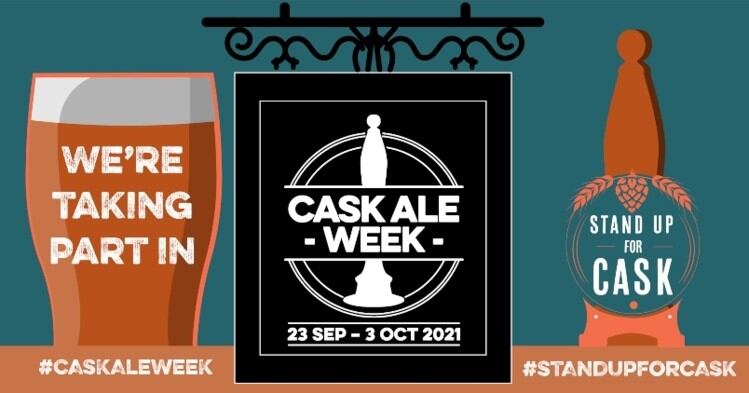
Cask Marque director Nunny says the Cask Ale Week celebrations from late September to early October were a huge hit with customers. “It was great success this year and there was more engagement than we’ve ever had,” he says. “The industry needed something to champion and in September, you’re going into cask season. Cask Ale Week was trying to be an umbrella for promotion of the pub and we can build on that for next year.”
Omar encourages people to “sip a glass of cold Champagne wine” in the first line of his 1991 song but for the brewers and licensees out there fighting for the cause of the beer sector, perhaps a fresh pint of cask ale would be a lot more appropriate and not just something to be enjoyed during Cask Ale Week but for all year round.

